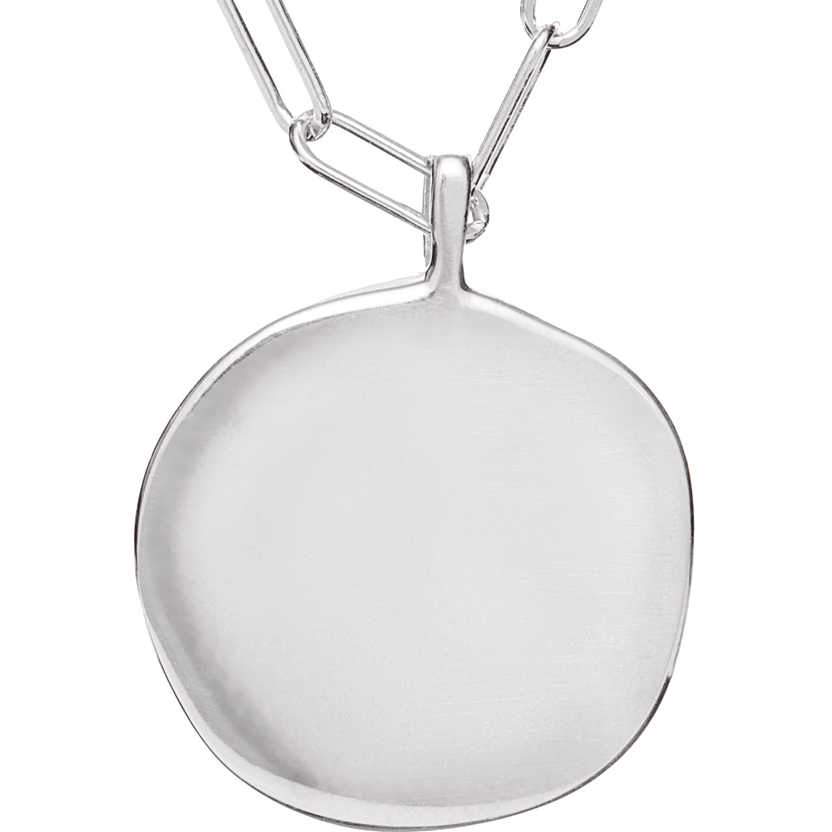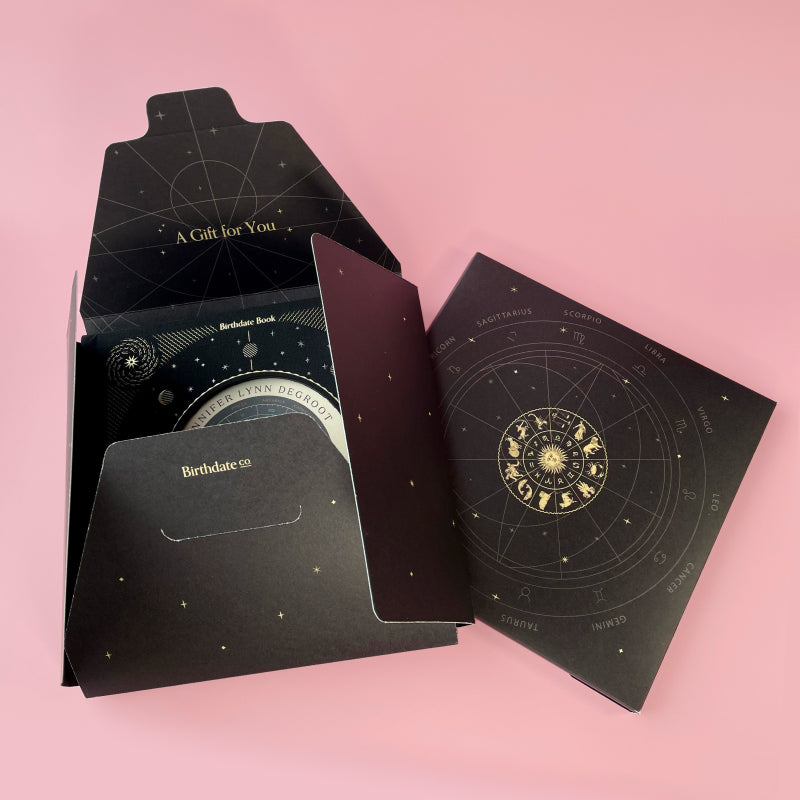Shutterstock/Tenzen
Candlemaking dates back to ancient Egypt, where beeswax candles were dipped as early as 5000 BCE. They dripped freshly gathered beeswax onto papyrus reeds, slowing their burn. After this innovative creation, the next significant advancement was in the form of paraffin wax.
Today's most prevalent candlemaking material is coconut wax, and for good reason. Despite paraffin wax's stratospheric popularity, burning it can precipitate health problems. Compared to paraffin's harmful potential, coconut wax hardly poses any threat. Moreover, coconut wax's environmental impact is far lower than other choices.
Types of Candle Wax
Coconut wax is derived entirely from the flesh of organic and hand-harvested fruit; on the contrary, paraffin-based waxes incorporate hydrocarbon molecules and synthetic chemicals. Since they harm cells, replacing them with organically made ones promotes health. You can get a Scorpio candle that is made of organic coconut oil.
Get Your Birthdate CandleHydrogenation of Oils
During the processing of coconut wax, it is transformed from a mostly liquid oil into a solid one. Unsaturated lipids transform into saturated versions of their ancestral structures after catalyst exposure.
In many cases, the preparation calls for the application of heated nickel catalysts. When paired with molecular hydrogen, the catalyst's enhancement to production speed is prodigious. The resulting mixture's viscosity will increase significantly as a consequence of this reaction.
Scenting Coconut-Based Candle Designs
The aroma of October candles has always been a hallmark of autumn, reminiscent of spice and crunchy leaves. Before its solidification, an oil can be loaded with essential oils, imbuing scents into it. Each producer controls the exact wax-scent ratio, but the general rule of thumb is to mix them 10 to one.
If hobbyists make their own, they can pour an aromatic essential oil blend into their liquified wax. Stir it until the scent-carrying particles disperse into the mixed resins completely.
How Are Coconut Wax Candles Made?
If someone sees the Libra candle, they will be begging to know how it was processed. Generally, the next step after a scent has dispersed into the watery wax is to solidify it.
During large-scale production runs, manufacturers funnel the liquid solution into injection molds. However, at-home candle makers utilize mason jars in their place. A typical candle will require at least 24 hours to finish solidifying. Remember to leave some of the wick exposed.

Shutterstock/Garnar
Sustainability of Coconut Candles
Harvesting coconut wax is less harmful to the environment than harvesting paraffin wax. Since coconut trees produce massive yields, they do not suffer from extensive utilization. Furthermore, the widespread consensus is that coconut wax is friendly due to its lack of animal fats. In addition to lacking animal-based fats, coconut wax burns cleaner than competing materials.
Find a Candle for Any BirthdayAre Coconut Wax Products Vegan?
YES! Coconut wax often finds fans among vegan crowds as a result of its plant-based composition. Moreover, it is collected using sustainable techniques, and no toxic chemicals are released during production.
Understanding the Importance of Candles
From astrological aesthetics to floral infusions, candles contain plenty of appeal and make a home more cozy. Pick out a candle that has a delectable fragrance and a meaningful design on its cover. Then, you can celebrate whatever is worth celebrating at home, illuminating the place naturally. Birthdate Co. stocks all manners, styles, and varieties of coconut wax candles online.

Birthdate
Candle
The Birthdate Candle
A candle crafted for the day you were born
We combined astrology, numerology, and tarot to create 365 beautiful candles — one for every birthdate. Each candle and has a fragrance carefully designed to enliven your spirit.
























